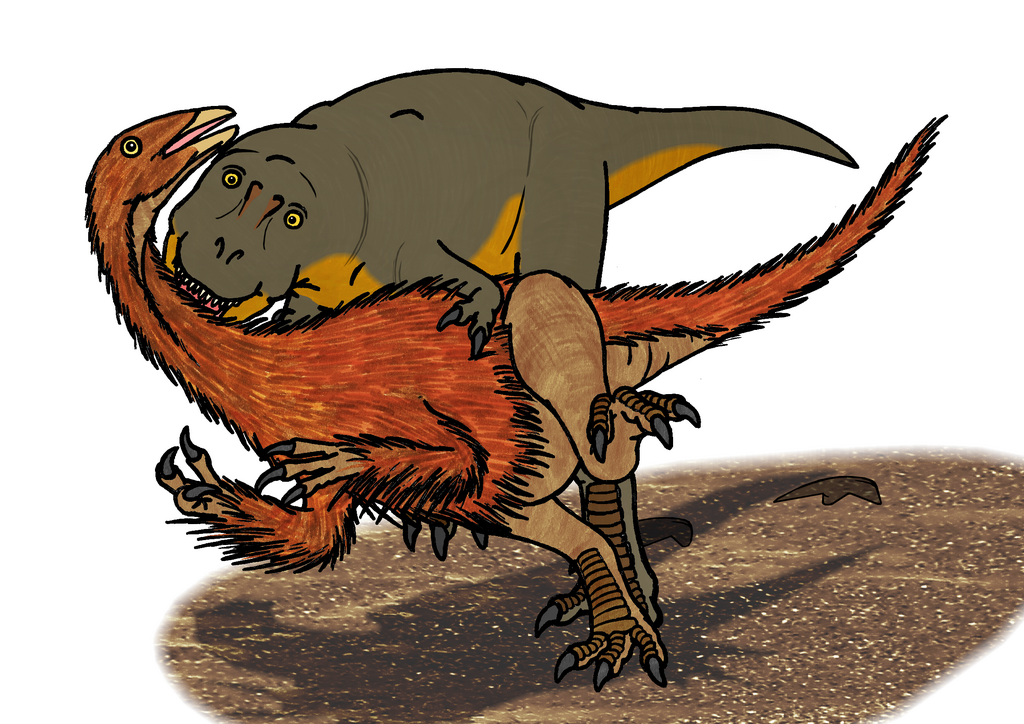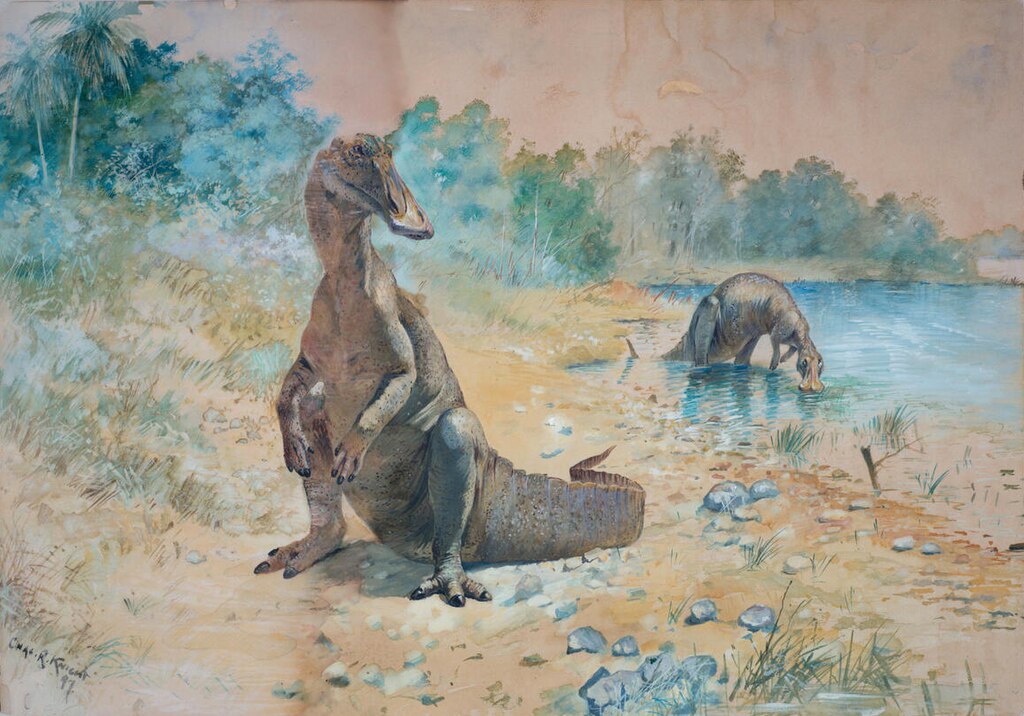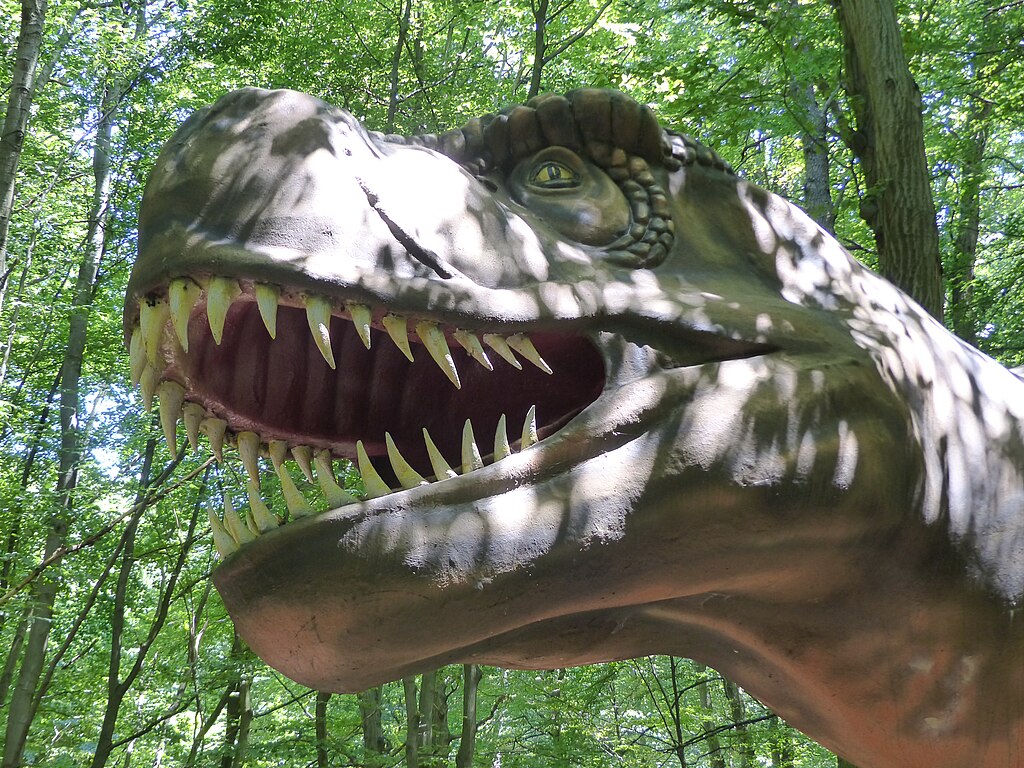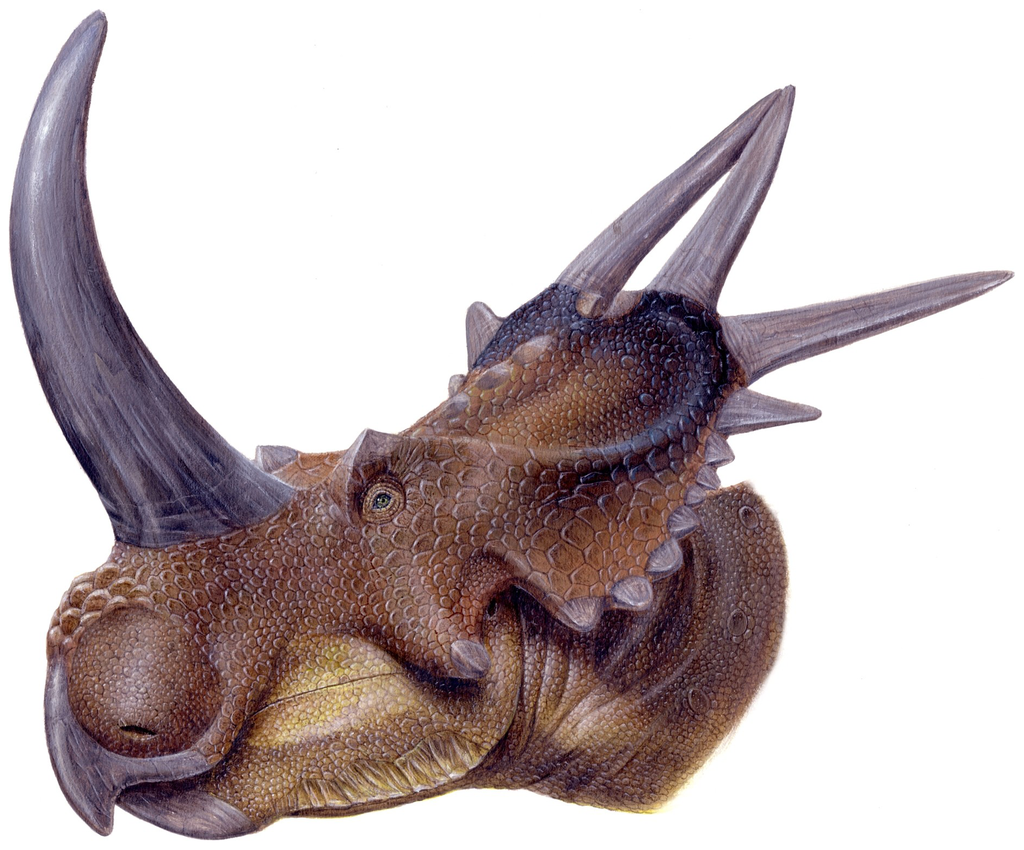The question of dinosaur breath odor represents one of paleontology’s more unusual and intriguing mysteries. While we have fossil evidence of dinosaur bones, footprints, and even skin impressions, the ephemeral nature of breath leaves no direct fossil record. Yet scientists can make educated inferences about dinosaur halitosis through comparative anatomy, evolutionary relationships, diet analysis, and the study of modern relatives. This fascinating topic bridges paleontology with sensory reconstruction, giving us a unique window into the sensory landscape of the Mesozoic Era. While we cannot build a time machine to take a whiff, scientific methods allow us to make reasonable conjectures about what encountering a dinosaur’s breath might have been like—from the plant-munching giants to the fearsome predators with mouths full of decaying meat.
The Science of Reconstructing Ancient Breath

Paleontologists use multiple approaches to hypothesize about dinosaur breath odor, drawing on comparative anatomy and modern analogs. By examining skull structures, particularly nasal passages and mouth cavities, scientists can infer breathing patterns and potential sources of odor. Dental microwear analysis reveals dietary habits that would have influenced oral bacteria and resulting breath smells. Coprolite (fossilized feces) studies provide insights into digestive processes that might have affected breath through the connection between digestive and respiratory systems. Additionally, researchers examine the breath characteristics of dinosaurs’ closest living relatives—birds and crocodilians—to establish baseline comparisons. This multidisciplinary approach, combining paleontology, comparative zoology, and microbiology, allows scientists to construct reasonable hypotheses about this invisible aspect of dinosaur biology that left no direct fossil evidence.
Diet’s Crucial Role in Breath Composition

Diet played perhaps the most significant role in determining what dinosaur breath smelled like, just as it does in modern animals. Herbivorous dinosaurs, such as the massive sauropods and ornithischians, would have had breath influenced by the fermentation of plant matter in their digestive tracts. This fermentation process likely produced methane and other compounds that could have created a musty, grassy odor similar to that of modern herbivores like cows. Carnivorous dinosaurs, including the feared tyrannosaurs and dromaeosaurs, would have had breath affected by decaying meat particles trapped between their teeth, producing a much more putrid smell. Omnivores would have fallen somewhere in between, with breath odor varying based on their recent meals. Evidence from coprolites and stomach contents helps paleontologists determine specific dietary components that would have influenced oral bacteria populations and consequently affected breath odor.
Oral Bacteria in the Mesozoic Era

The microbiome of dinosaur mouths would have significantly influenced their breath odor, though direct evidence of these ancient bacteria is unavailable. Modern animals host diverse oral bacterial communities that break down food particles and produce volatile sulfur compounds responsible for characteristic breath odors. While dinosaur-era bacteria have not been preserved, we can infer their presence based on evolutionary continuity. Dental pathologies in some dinosaur fossils, including evidence of infections and abscesses, suggest the presence of active oral bacteria that could produce odor-causing compounds. Carnivorous dinosaurs likely harbored bacteria adapted to breaking down protein, potentially producing particularly strong-smelling compounds similar to those found in modern predators. The warm, moist environment of dinosaur mouths would have provided ideal conditions for bacterial growth, especially in species with interdental spaces where food could become trapped. Understanding these microbial communities adds another dimension to reconstructing the sensory experience of encountering a living dinosaur.
Herbivore Breath: The Plant Eaters

Herbivorous dinosaurs likely had breath characterized by the fermentation of plant matter, similar to modern herbivores like cattle and horses. These dinosaurs, including sauropods, hadrosaurs, and ceratopsians, processed massive quantities of vegetation daily, requiring specialized digestive systems. Evidence suggests many herbivorous dinosaurs employed some form of fermentation, either in specialized stomach chambers or through gut microbes, to break down tough plant fibers. This fermentation process would have produced methane and other gases that could escape through belching, influencing breath odor. Additionally, the specific plants consumed would have affected breath smell—conifers, cycads, and ferns contained different compounds than modern grasses and flowering plants. Dental studies show many herbivorous dinosaurs had batteries of teeth for grinding vegetation, which likely trapped plant matter and harbored bacteria that contributed to a grassy, sometimes sweet but often musty breath odor, possibly with notes of the specific vegetation dominant in their habitat.
Carnivore Breath: The Meat Eaters

Carnivorous dinosaurs, including theropods like Tyrannosaurus rex and Velociraptor, likely had particularly pungent breath due to their meat-heavy diets. Modern predators such as crocodiles and large cats have notoriously strong breath odors from protein decomposition in their mouths, and dinosaur predators would have experienced similar effects. The serrated teeth of many theropods were ideal for tearing flesh but also created perfect spaces for meat particles to become trapped and decay. Evidence of tooth wear and occasional broken teeth in fossil specimens suggests these predators regularly dealt with food impaction issues. Unlike many modern mammals, dinosaurs lacked specialized oral care adaptations, meaning meat particles would have remained lodged between teeth for extended periods. The resulting bacterial action on these protein fragments would have produced hydrogen sulfide and other volatile compounds responsible for the characteristic “rotten egg” smell associated with decay. A close encounter with a large theropod would likely have been marked by an overwhelmingly foul breath odor that signaled its carnivorous lifestyle even before its teeth were visible.
Clues from Modern Birds: The Living Dinosaurs

Birds, as the direct descendants of theropod dinosaurs, provide our closest living connection to dinosaur physiology, including potential breath characteristics. Modern birds generally have a relatively mild breath odor compared to mammals, largely due to their efficient respiratory system featuring air sacs and unidirectional airflow. This respiratory efficiency likely evolved in their dinosaur ancestors, suggesting many dinosaurs may have had relatively dry oral cavities that limited bacterial growth. However, birds of prey and scavengers like vultures often have stronger breath odors related to their meat consumption. Notably, some birds produce distinctive smells as part of their biology—the turkey vulture, for instance, has acidic excretions and digestive adaptations that result in characteristic odors. These specialized avian adaptations suggest that certain dinosaur lineages might have developed unique breath characteristics as adaptations for their ecological niches. While birds have beaks rather than teeth, their digestive and respiratory systems likely preserve aspects of their dinosaurian heritage that inform our understanding of ancient breath odors.
Insights from Crocodilians: The Other Living Archosaurs

Crocodilians, as the other major surviving group of archosaurs alongside birds, offer valuable insights into potential dinosaur breath characteristics. Modern crocodiles and alligators are known for their particularly strong breath odor, often described as musky and putrid, resulting from their carnivorous diet and unique oral environment. Their mouths frequently contain decaying meat particles trapped between their numerous teeth, creating ideal conditions for odor-producing bacteria. Unlike many mammals, crocodilians lack specialized oral hygiene behaviors, allowing food particles to remain lodged in their mouths for extended periods. Their relatively low metabolic rate also means slower digestion and longer retention of food, potentially influencing breath odor. Since crocodilians and dinosaurs share a common archosaurian ancestor, certain aspects of their oral biology may have been conserved across these lineages. While dinosaurs eventually evolved a wide range of metabolic adaptations distinct from modern crocodilians, this comparative approach helps establish a baseline for understanding the potential range of breath characteristics in the diverse dinosaur lineages.
Nasal and Respiratory Adaptations

Dinosaur respiratory systems featured unique adaptations that likely influenced their breath characteristics in ways distinct from modern mammals. Fossil evidence indicates many dinosaur species possessed elaborate nasal passages with complex turbinates (thin, curled bone structures) that helped warm and humidify inhaled air. These structures, particularly well-developed in large dinosaurs like sauropods and hadrosaurs, would have influenced the passage of air and potentially filtered certain odorous compounds. Many dinosaur lineages evolved air sac systems similar to those in modern birds, creating an efficient one-way airflow through the lungs that differs significantly from the in-and-out breathing of mammals. This respiratory efficiency might have reduced the concentration of certain odorous compounds in exhaled breath. Some dinosaurs, particularly hadrosaurs (“duck-billed dinosaurs”), possessed elaborate head crests connected to their nasal passages that likely served as resonating chambers for vocalization but may have also influenced breath odor by adding surface area where bacteria could colonize. These specialized respiratory adaptations would have created breathing patterns and oral environments with no exact modern equivalent, resulting in breath characteristics unique to different dinosaur lineages.
The Special Case of Hadrosaurs

Hadrosaurs, commonly known as duck-billed dinosaurs, present a particularly interesting case for breath odor speculation due to their specialized oral apparatus. These dinosaurs possessed remarkable dental batteries containing hundreds of teeth arranged in compact rows that continuously replaced throughout their lives. This dental arrangement, while efficient for processing tough plant material, created numerous crevices where food particles could become trapped and ferment. Paleontological evidence indicates hadrosaurs were capable of processing tough, fibrous vegetation like conifer needles and woody material, which would have produced distinctive compounds during digestion. Additionally, many hadrosaur species featured elaborate hollow crests connected to their nasal passages, such as the tube-like structure of Parasaurolophus or the hatchet-shaped crest of Lambeosaurus. These resonating chambers, while primarily evolving for vocalization and display purposes, would have created additional surfaces where breath could interact with bacteria, potentially amplifying certain odor characteristics. The combination of specialized dentition, plant-fermenting diet, and elaborate nasal structures suggests hadrosaurs might have had particularly distinctive breath compared to other herbivorous dinosaurs.
Tyrannosaur Breath: A Case Study in Predator Halitosis

Tyrannosaurus rex and its relatives likely possessed some of the most distinctive and powerful breath odors in the dinosaur world due to several specialized adaptations. Tyrannosaurs featured massive, bone-crushing teeth with serrated edges that created numerous spaces where meat particles could become trapped and decay. Fossil evidence shows tyrannosaurs occasionally broke teeth during feeding, creating additional areas for food impaction and bacterial growth. Their enormous jaws generated bite forces exceeding 8,000 pounds per square inch, allowing them to crush bone and access marrow—a nutritious but highly putrefying food source when trapped between teeth. Interestingly, recent research suggests tyrannosaurs had surprisingly sophisticated senses of smell, with large olfactory bulbs indicating they relied heavily on scent for hunting and possibly social interaction. This heightened olfactory capability might indicate that smell played a complex role in tyrannosaur ecology, potentially influencing their tolerance for their own breath odor. The combination of massive jaws, bone-crushing capabilities, and a diet that likely included both fresh kills and scavenged carcasses would have produced an overwhelming breath odor that might have been detectable from considerable distances, possibly even serving as an inadvertent territorial marker.
Implications of Dinosaur Metabolism

Dinosaur metabolism has been a subject of ongoing scientific debate, with significant implications for how their breath might have smelled. Evidence increasingly suggests many dinosaur lineages maintained metabolic rates higher than modern reptiles but not quite reaching the levels seen in modern birds and mammals. This intermediate metabolism would have influenced body temperature, digestive efficiency, and consequently, breath characteristics. Higher metabolic rates typically accelerate digestion and reduce food retention time, potentially limiting the development of certain odorous compounds found in slower-metabolizing reptiles. Theropod dinosaurs, particularly those in lineages leading to birds, likely had higher metabolic rates that would have influenced their oral environment and resulting breath odor. Larger dinosaurs may have maintained relatively stable body temperatures through thermal inertia (gigantothermy), creating consistent oral temperatures that would have fostered specific bacterial communities. The relationship between metabolism and respiratory efficiency also affected oxygen consumption and carbon dioxide production, fundamental components of breath composition. Understanding these metabolic variations across different dinosaur groups provides another layer of insight into the potential range and intensity of dinosaur breath odors throughout the Mesozoic Era.
Environmental Factors Affecting Dinosaur Breath

The Mesozoic environment itself influenced what dinosaur breath might have smelled like through several interconnected factors. The atmosphere during the dinosaur era contained significantly different oxygen and carbon dioxide concentrations than today, potentially affecting respiratory patterns and the chemical composition of exhaled breath. Plant life during this period was dominated by gymnosperms, cycads, and ferns rather than flowering plants, providing herbivorous dinosaurs with food sources containing different compounds than those consumed by modern herbivores. Water sources and soil composition varied across different dinosaur habitats, affecting the mineral content of food and subsequently influencing oral bacteria populations. Seasonal variations would have impacted food availability, potentially causing shifts in diet that would have temporarily altered breath characteristics. Climate zones during the Mesozoic created distinct habitats ranging from arid to tropical, each supporting different food sources that would have influenced dinosaur digestion and resulting breath odors. These environmental factors worked in concert with dinosaur biology to create breath characteristics specific not only to different species but also to different geographical regions and time periods throughout the 165 million years of dinosaur dominance.
The Sensory Experience of Encountering a Living Dinosaur

Imagining a close encounter with a living, breathing dinosaur requires considering their breath as part of a comprehensive sensory experience. Beyond visual impressions, the smell of dinosaur breath would have provided immediate information about diet, health, and even emotional state, just as breath does in modern animals. For prey species, detecting the distinctive breath of approaching predators like Allosaurus or Tyrannosaurus would have triggered critical flight responses, suggesting breath odor played an important role in predator-prey dynamics. Within dinosaur social groups, breath odors might have conveyed information about individual identity, reproductive status, or dominance, serving as chemical signals similar to those observed in modern social animals. The range at which dinosaur breath could be detected would have varied based on size, diet, and environmental conditions, with larger predators potentially detectable from significant distances through their breath alone. When combined with other sensory inputs—the ground-shaking footfalls of a sauropod, the visual impact of a Triceratops’ frill, or the sounds of a hadrosaur’s crest-amplified calls—breath odor would have been an integral component of the multisensory experience that characterized dinosaur encounters in the ancient world.
Conclusion: The Ephemeral Nature of Ancient Breath

While dinosaur breath odor represents one of the more elusive aspects of prehistoric life to reconstruct, scientific approaches allow us to make informed speculations about this fascinating sensory dimension. Through comparative analysis with modern relatives, dietary studies, and an understanding of oral biology, we can reasonably infer that dinosaur breath varied dramatically across different species—from the relatively mild, fermented-plant smell of sauropods to the likely putrid odor of tyrannosaurids with meat rotting between their teeth. This exploration of dinosaur halitosis reminds us that these magnificent creatures were not simply static museum displays but living, breathing animals with complete sensory profiles. Though we may never know with absolute certainty what encountering a dinosaur’s breath would have been like, these scientific approaches help us reconstruct a more complete and vivid picture of the Mesozoic world. As paleontological techniques continue to advance, incorporating multidisciplinary approaches from microbiology to comparative physiology, our understanding of even these ephemeral aspects of dinosaur biology will continue to improve, bringing us ever closer to comprehending the full sensory reality of these remarkable animals that dominated Earth for over 165 million years.



